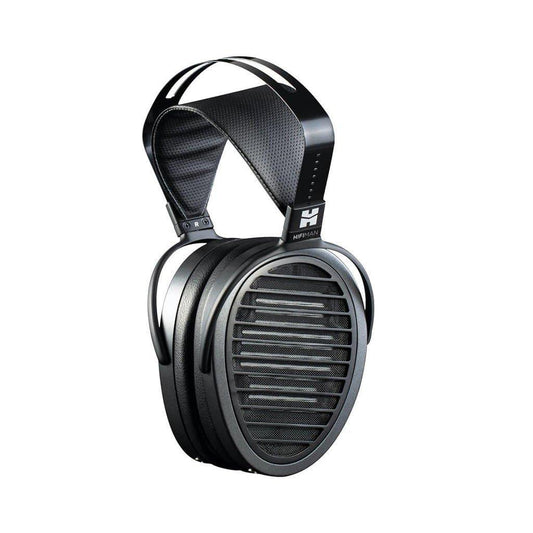HiFiman Arya Stealth Review: An Upgrade and a Sidegrade
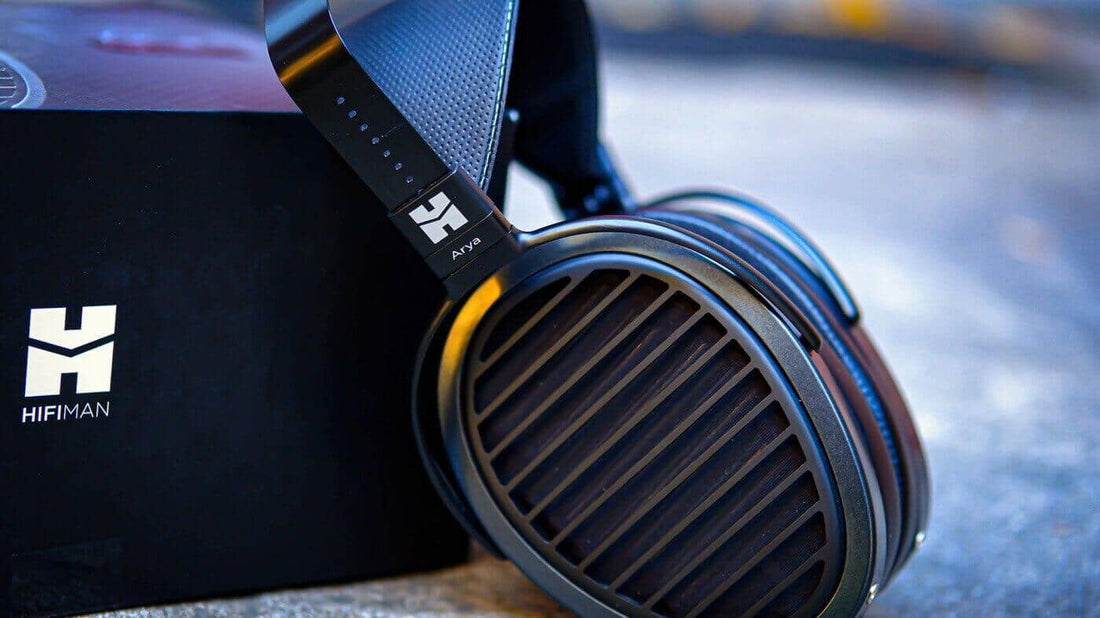
Introduction
HiFiMan is a brand that’s made a name for itself with their specialization in planar headphones across every price point. Since writing for Headphones.com, I’ve had the chance to cover most of HiFiMan’s modern headphone line-up. Working from the bottom up, I’ve written on the HE400se, Sundara, Edition XS, and Ananda. Despite all of them sharing a very similar frequency response, I found that I enjoyed each step up for different reasons each time. Today, I have before me the $1,300 HiFiMan Arya. Originally priced at $1,600, I consider the Arya to be the last headphone in HiFiMan’s modern line-up before the jump to their $6,000 flagship Susvara. Not only does the Arya face stiff competition from headphones in its price tier like the legendary Sennheiser HD800S and Focal Clear, but it’ll also have to bring significant improvements from the HiFiMan Ananda to make it a compelling upgrade. Let’s see if the Arya can pull it off.
NOTE: I will be reviewing the Stealth version here. This is the newest version of the Arya as the V2 has since been discontinued.
Sources Used: Ferrum ERCO Balanced DAC & Headphone Amplifier
- Build and Comfort
- Frequency Response
- Presentation
- Comparison to Ananda
- Comparison to HD800S
- Conclusion
HiFiMAN Arya - Product Summary
- Reasons to buy
- Excellent Resolution
- Open Soundstage and Nuanced Imaging
- Vivid Tuning
- Comfortable
- Reasons not to buy
- Weak Bass Dynamics
- 1KHz Mid-Scoop
 |
Get the HiFiMAN Arya for the best available price at headphones.com. |
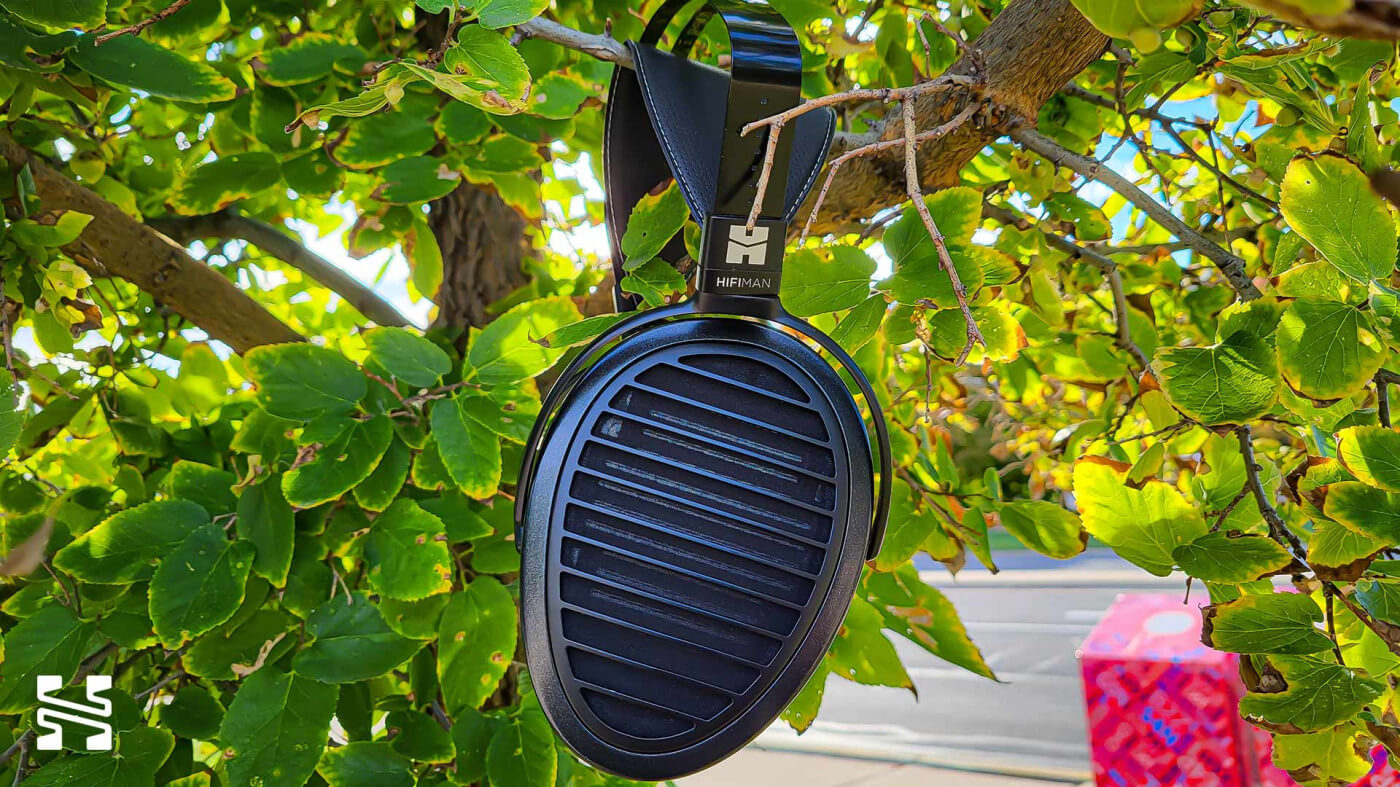
Build and Comfort
The build of the Arya is superficially similar to that of the Ananda – large oval cups, a suspension headband strap, and thin metal yokes on the side. With the exception of the rim of the cups, the Arya has a fully metal build. Interestingly, each cup can rotate 360 degrees infinitely. Coupled the wide vertical adjustments available, the Arya very comfortably fits on my head. The clamp force is firm but not overly tight. The suspension strap of a headband feels very soft and has a thin foam padding in it. It easily distributes the weight of the Arya. I don’t get any headband sores or pressure spots with the Arya. All in all, no complaints over comfort whatsoever.
Measurement of the HiFiMan Arya Stealth on an industry standard GRAS 43AG measurement rig. The dotted black line represents the Harman target, a reference frequency response developed using consumer preferences. The red line is how the headphone in question measures. Effectively, this shows how significantly the headphone’s frequency response deviates from the target. Note however that the target is highly smoothed and strict adherence to the Harman target is not necessary for a headphone to sound good.
As the frequency response suggests, the Arya has a flat bass, a 1 kHz midrange scoop, and plenty of upper mids and treble. Though I won’t be comparing them in this review, the difference between the Stealth and V2 is in the treble. Specifically, the positioning of the 5 kHz peak and additional gain in the upper treble region around the 10 – 14 kHz mark. Overall, the Arya has a clear tuning with bright treble that gives it a sense of vividity.
Bass
As one might expect from a HiFiMan planar, the bass of the Arya is fast. Double kicks appear where single notes previously were. Bass guitar lines are tightly defined and controlled. Yet despite its relatively short decay characteristics, the bass of the Arya extends surprisingly deep. The graph doesn’t convey it but there’s a sense of size that accompanies rich, bassy instruments such as the floor toms or the double bass. It’s almost as if it’s translating the large physical size of the Arya’s planar diaphragms into musical depth. Moreso than most other headphones, it conveys the idea of presence and depth, like if the double bass was right next to me and I’m taking in the full brunt of the strings.
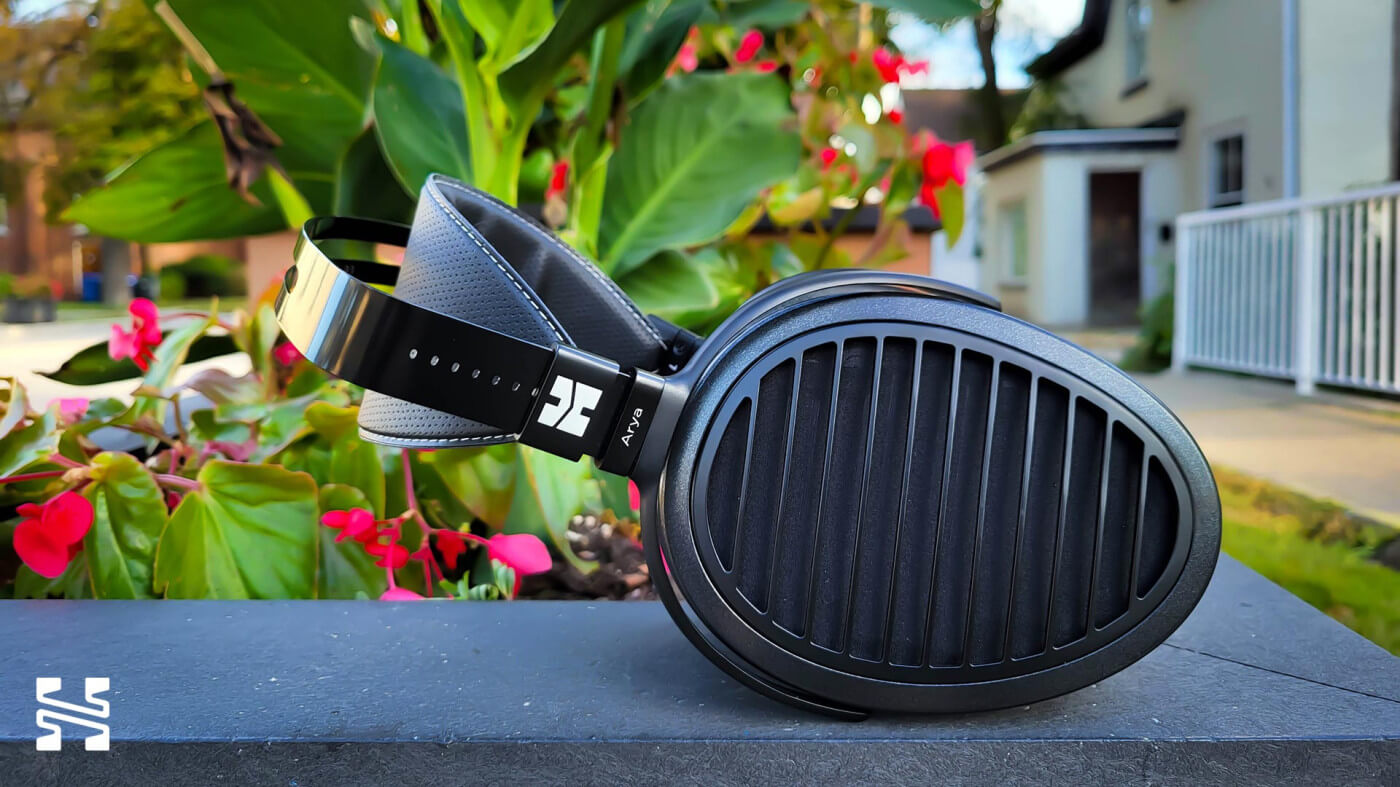
Paradoxically, the Arya lacks dynamic weight. There’s little sense of slam or impact. While this is typical of HiFiMan planars, it seems more apparent on the Arya to me. Perhaps it’s because the last headphone I reviewed is the Focal Radiance , perhaps it’s because the significantly higher price of the Arya invites greater scrutiny. Either way, the Arya has a noticeable level of bass compression. You’ll have to decide if this is something that bothers you or not.
Mids and Treble
From a tonal perspective, I am noticing that 1 kHz scoop more than on the previous HiFiMan products I’ve reviewed. The 5 kHz hump seems to stretch vocals and make them timbrally thin at times. It’s most noticeable on female vocals which naturally have less of a bodied sound in that region. While male vocals are definitely affected, the effect is softened and isn’t as noticeable. Given the 5 kHz and upper treble peaks, sibilance is unavoidable. If you like the HiFiMan tuning, this will be right up that alley. But if you don’t, well the Arya Stealth won’t be convincing you otherwise.
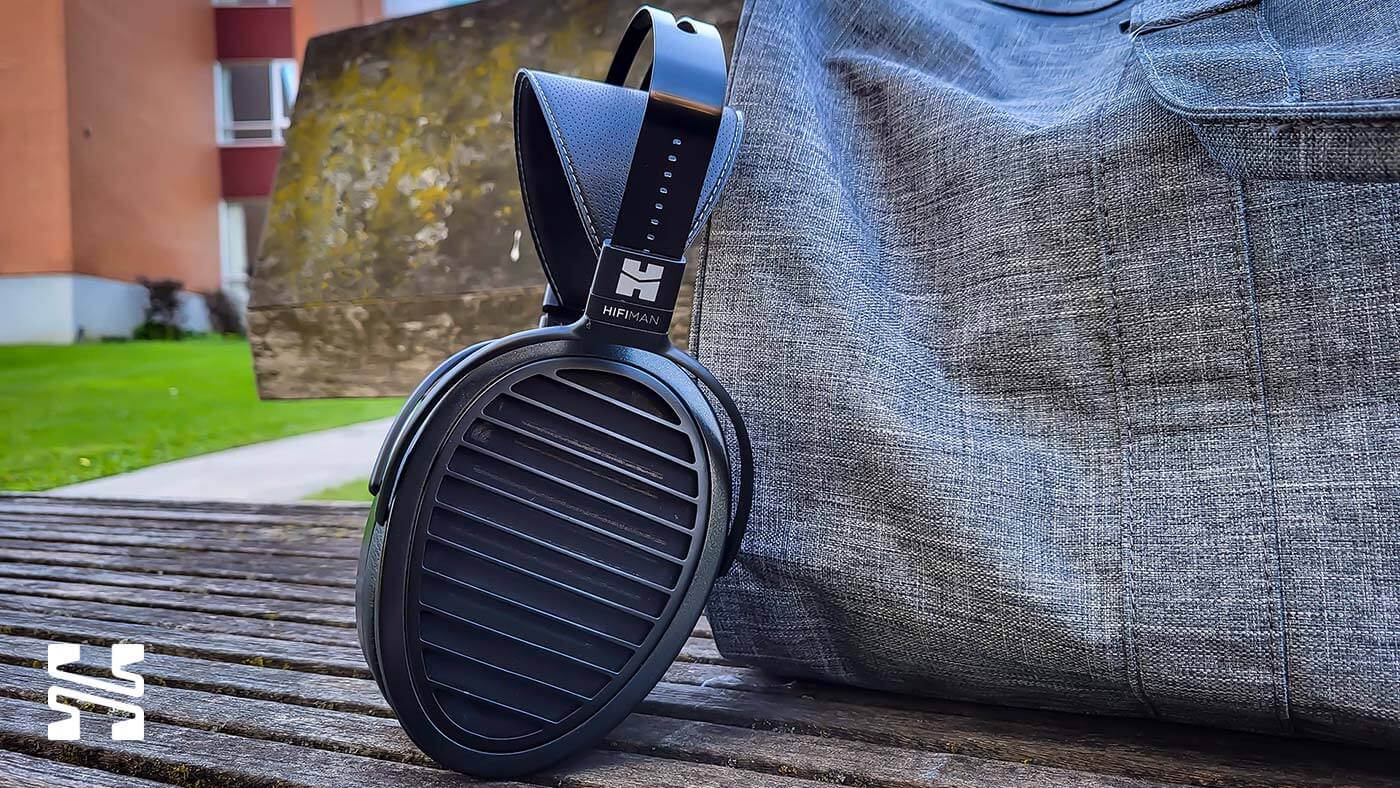
For instruments, that 1 kHz scoop enhances the contrast between the different note voices. For example, the body of the snare is distinctly separate from the sizzle of its wires, rather than as one unified drum. Or how the body of the acoustic guitar and the picking of its strings are often heard as if its two instruments rather than one. The Arya has a strange ability to simultaneously render the lower mids richness of instruments while separately displaying a delicate upper mids touch.
The treble on the Arya can be described as extra crispy. In some tracks, the initial attack of the hats is followed immediately with waves of crystalline shimmering that rapidly decay to give it an extra crispy sound that doesn’t quite come off as natural. In slower pieces with larger cymbals however, there is a nice tone to the wash of its notes. The quality of the recording matters a lot here.
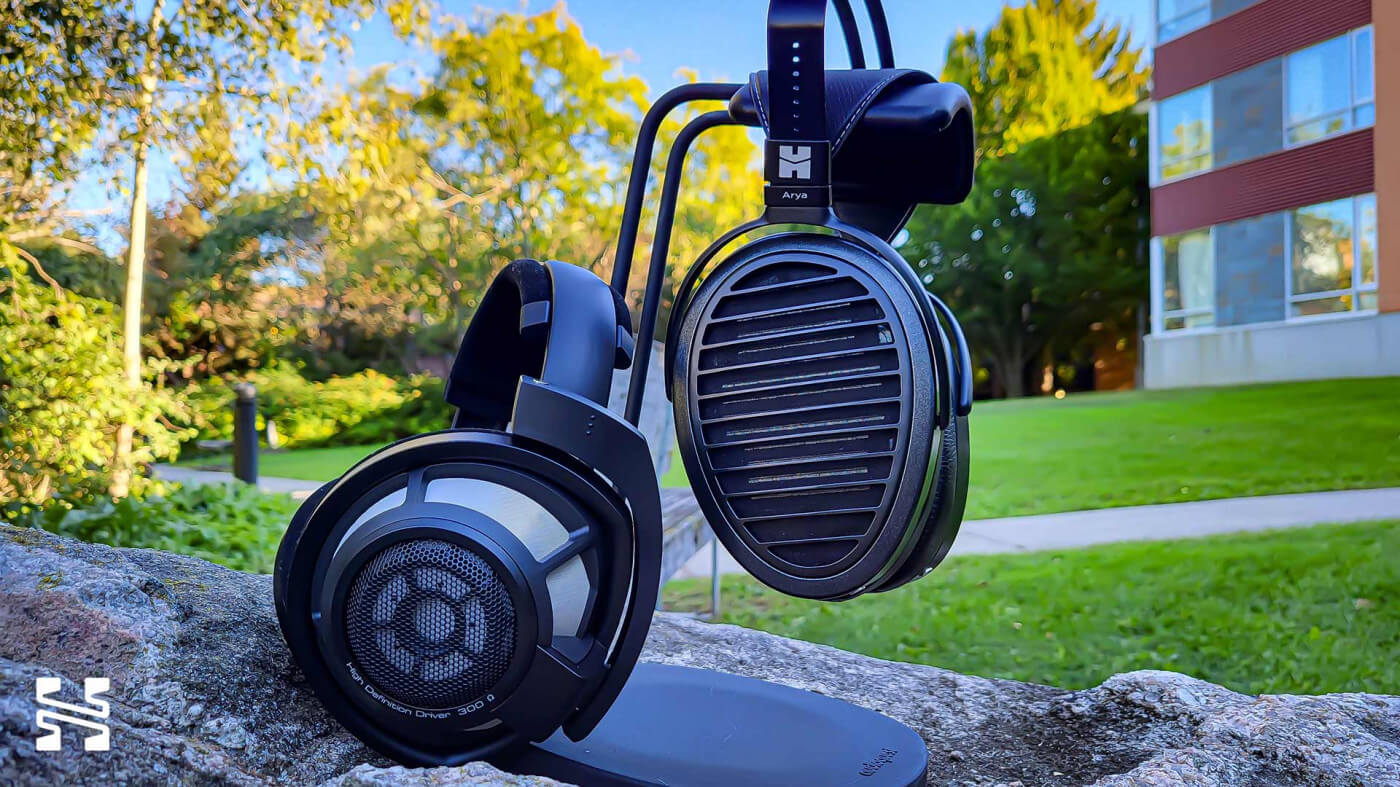
Presentation
Like the other HiFiMan egg-shaped planars, the Arya is a very open headphone. Sound leaks like no other. Soundstage is large and diffuse. Imaging is very nuanced, though there’s a bit of fudging in its positioning that promotes that diffuse staging. Instruments separation and layering are effortless. There’s great coherency in the interplay between instruments. Resolution is excellent, though more in the sense that it’s delineating notes such as the kick into double kicks or clarifying an extra stroke of the electric guitar rather than pulling new notes from the background. There’s a pervasive sense of clarity with the Arya.
The dimension the Arya lacks in its technical performance is dynamism. Crescendos seem to build but don’t actually seem to reach the full height of its climb. Floor toms can have a large, boomy sound but though the volume is there, the full impact behind it is not. Now to be fair, the Arya does has dynamic range. It’s not like music is on a completely flat plane. It’s just not like the Focal headphones which seem to practically carve out notes from thin air with their dynamic drivers. Personally, I think there’s merit to different types of sound presentations. The Arya has an enveloping presence that works perfectly for well-recorded instrumental pieces or choral tracks – AKA “audiophile” music. Where it loses its footing is in modern energetic pop/rock songs that attempts to grab your attention with the bump of every note.
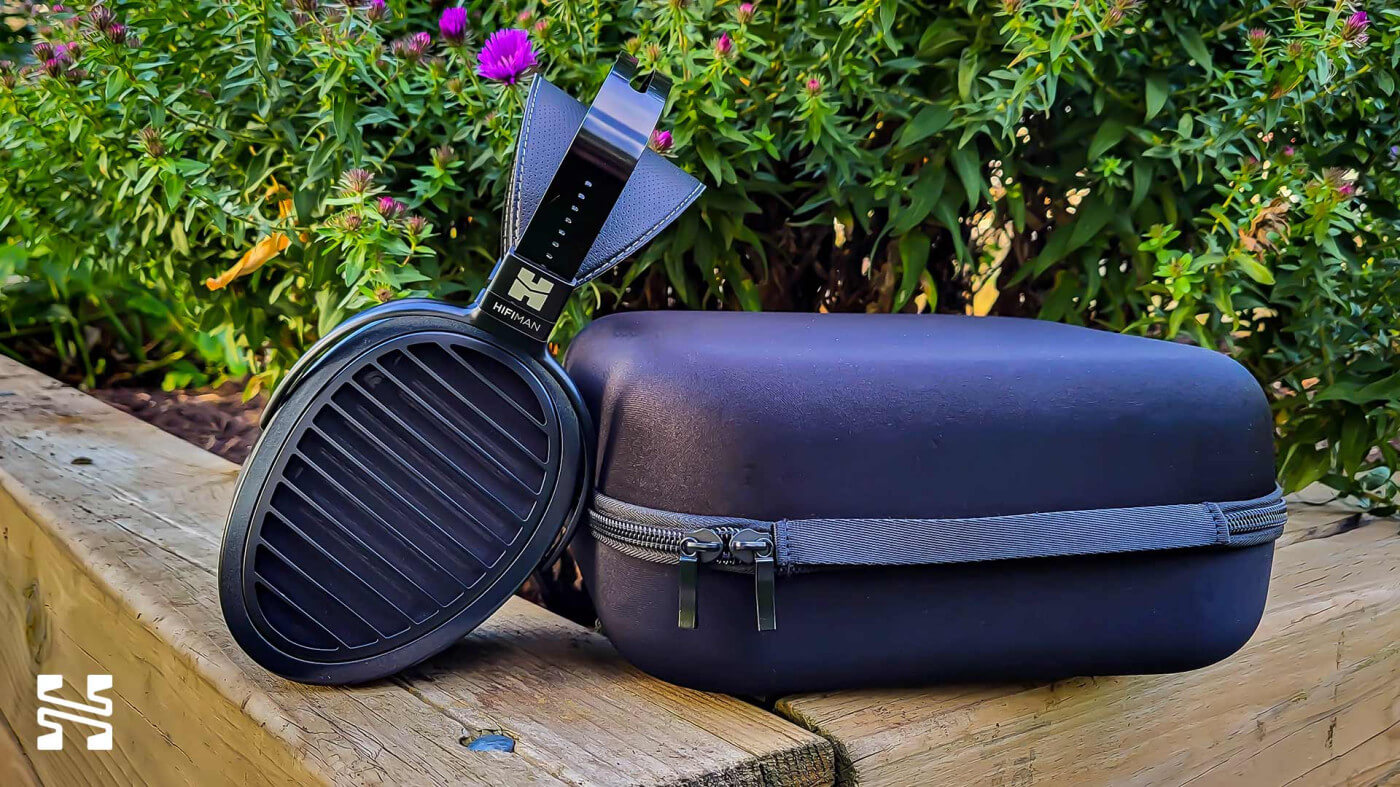
Love our in-depth reviews?
We test and review hundreds of headphones every year. Sign up to get the latest news, reviews, guides, and more in your inbox. Join the 60,000+ like-minded audio lovers who love our newsletter!
Comparisons to the HiFiMan Ananda
Surprise surprise, the Arya is better than the Ananda. There is a HD-like sheen in its presentation when compared to the Ananda. Everything is sharper, clearer, better resolved, and more refined. Not by much, mind you, but it's an appreciable difference. Part of this is due to the difference in tuning: the Ananda has a very slightly warmer tilt than the Arya. Vocals are more forward and ethereal on the Arya while the Ananda is a tad mellower and grounded. While both headphones have sibilance, the Ananda’s seems to have more of a harsh lower treble peak vs. the Arya’s sharp but transient upper treble spikes which are personally more manageable. The soundstage feels more open with a greater sense of instrument spacing. Interestingly, the Ananda does have a bit more bass grunt than the Arya. Though there is less clarity and resolution, bass lines hit just a little harder on the Ananda.

Here is the comparison of the Ananda and Arya Stealth. Graph wise, they’re practically identical like most HiFiman products. But having them side by side, I definitely prefer the Arya. It could very well be a question of the fit – I find the Arya to be more comfortable than the Ananda as it hugs my head a little better.
The question of its comparison to the Ananda is not whether it’s better but how much it’s better by. Does it justify approximately double the cost? I’d say no. The diminishing returns start to really kick in on the Arya. It’s not like the step-up from the HE400se to the Sundara then to the Edition XS/Ananda. If you’re on a budget, you’re better off putting that money elsewhere. But that last point is key: if you’re on a budget. The audio hobby is built on the hunt for that incremental upgrade. Hearing them side-by-side, with price a non-factor, I’d take the Arya the majority of the time. If you’re looking for a planar headphone with a large, diffuse stage with an HD800(S) level of technical performance, the Arya is really your own option unless you want to double or quadruple your budget to the HE1000se or Susvara.
Comparisons to the Sennheiser HD800S

Speaking of the HD800S, how does the Arya compare to this venerable classic? From a tonal perspective, the Arya has a slightly V-shaped profile with a sharp vividness while the HD800S is smoother with a more neutral tuning. That 1 kHz scoop is quite noticeable when doing an AB comparison. Though the HD800S does still have a bit of an edge to its sound, it’s much better controlled than what the Arya presents.
In terms of technical ability, both of these headphones equally trade blows. Both have large, diffuse soundstages, great imaging, and effortless resolution. The HD800S is a little more resolving, with superb low level detail retrieval ability. Though the HD800S has a dynamic driver, it isn’t actually that much more dynamic than the Arya in the bass. It does have a lengthier decay compared to the tightly defined transients of the Arya but in terms of bass quality, I’d say they’re interchangeable.
Between the two, I think the decision comes down to three points:
- Do you want a more excited tuning? Then take the Arya for its vivid character.
- Do you want a planar or dynamic driver? Each has their merits when it comes to the bass response.
- Do you want a proven, reliable build? Then take the HD800S for Sennheiser’s legendary build quality.
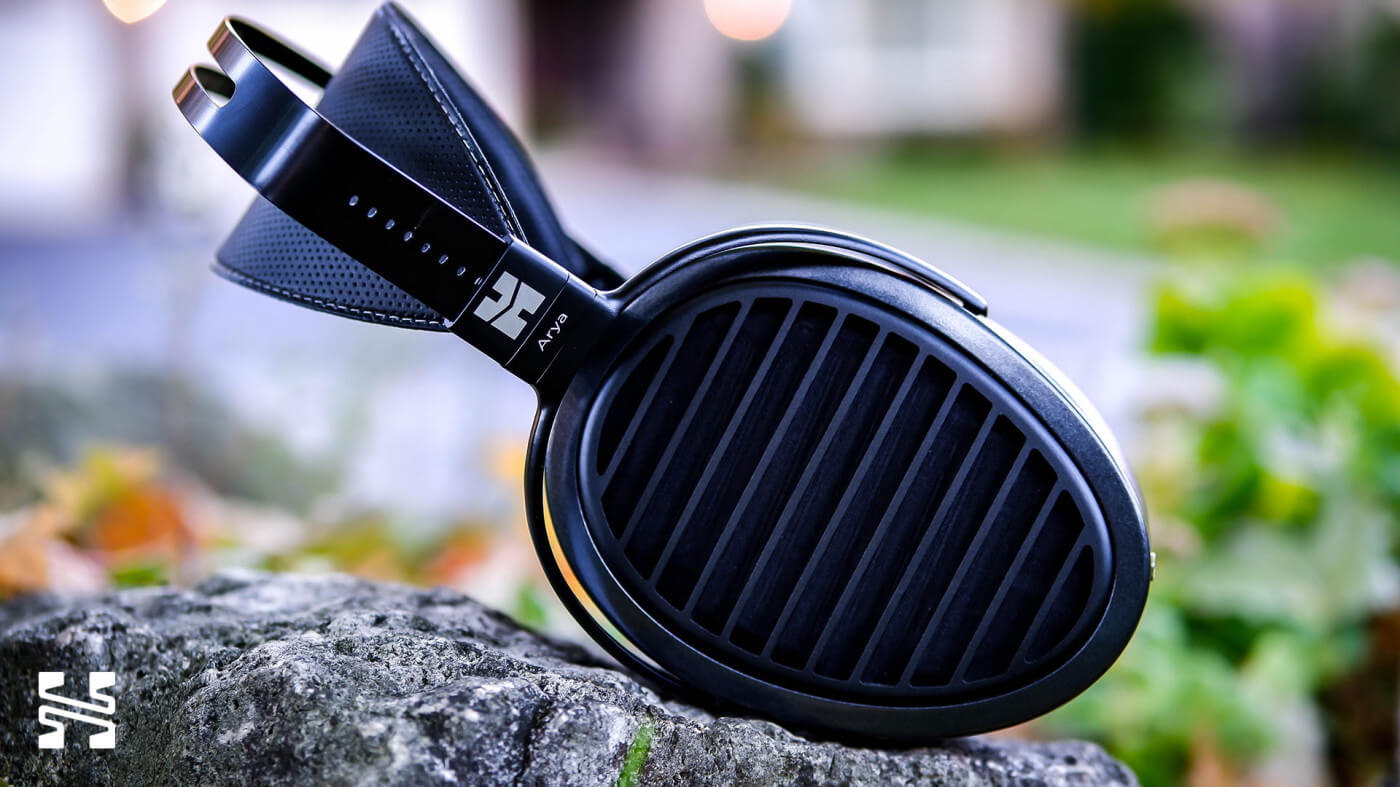
Should You Buy It?
Yes, but with a soft recommendation. It’s a fine headphone but the diminishing returns from the Ananda are significant. Not to mention the other options that exist such as the Sennheiser HD800S and Audeze’s planar headphones like the MM-500. While these options are a bit more expensive, I think if you’re willing to pay in that range for audio gear, you’ll want to get the one that fits you just right. And that’s really the existential question for Arya. If you really enjoyed the Edition XS or Ananda’s sound presentation and want to the direct upgrade to that, the Arya is the most logical option. But if you’re looking at this without really knowing what you want, I’d say the Arya is a competitive headphone in its price range and offers an experience that’s different but not necessarily inferior to the alternatives.
Join the discussion for all things audio on the official Headphones.com Discord, or join our community forums!
